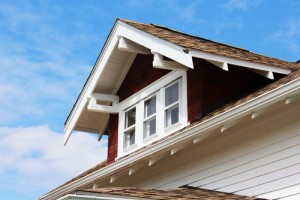Every family I know is always trying to find ways to live more frugally and stretch their dollars further. For many people, this begins with identifying waste and superfluous purchases. In terms of the rising cost of food for a family, creating a well-stocked pantry is one of the best and easiest ways to save money in the check-out line.
By focusing on ingredients and food items with a long shelf life, the danger of wasting food that goes bad before it can be eaten is drastically reduced. Here are a few categories of pantry staples to get you started:
Dry Goods:

Dried staples are a great and inexpensive way to save money and keep your pantry well stocked.
Stock up on things like dry beans, pasta, nuts, popcorn, rice and ancient grains like quinoa. These things benefit from an overnight soaking before cooking, but it is not required especially if you plan on cooking with a slow cooker. With a few minutes’ prep time in the morning you can come home in the evening to a hot pot of chili or soup without making an additional stop at the store.
Canned goods:

Canned foods are an easy way to keep your pantry full of easy meal ingredients.
Large cans of whole peeled tomatoes, “cream of” soups, evaporated milk, vegetables like green beans and corn, tomato sauce, stock and soup bases, tuna, chili, and peanut butter are some of the major staples that can easily be made into a meal using just what you have on hand.
Short Cuts: Bouillon cubes, seasoning packets, sauce mixes,
Freezer:

Buy in bulk and freeze extra meat and produce.
Depending on how your utility bills add up, many families actually save money by purchasing an additional chest freezer for storing bulk purchases. Food items like frozen meats, berries and other fruits, homemade stock and soup that can be frozen into individual portions, fresh vegetables enjoy a longer life when frozen, jams and jellies, and even casseroles can be made up in large batches and frozen for an easy dinner later on in the week.
In short, planning ahead and maintain a well-stocked pantry can save you hundreds of dollars a year by providing the necessary ingredients for many meals. And by focusing on ingredients rather than buying everything fresh the food waste is significantly reduced simply by lowering the risk of food going bad before it can be eaten.
House-Plans-With-Butler-Pantries
Click here to view all of our house plans.




